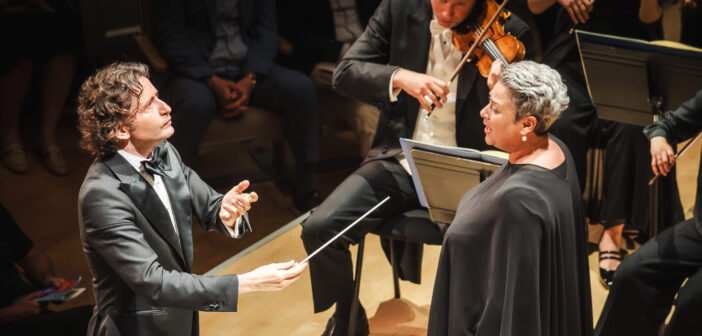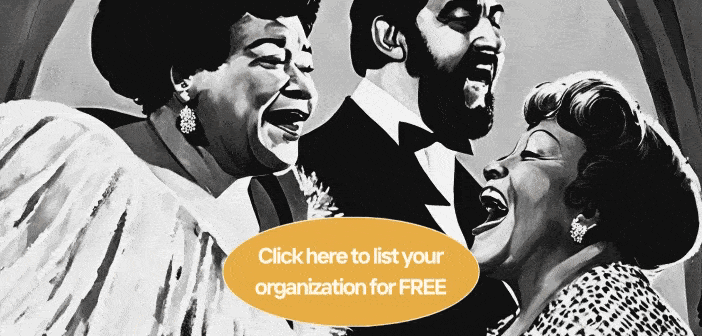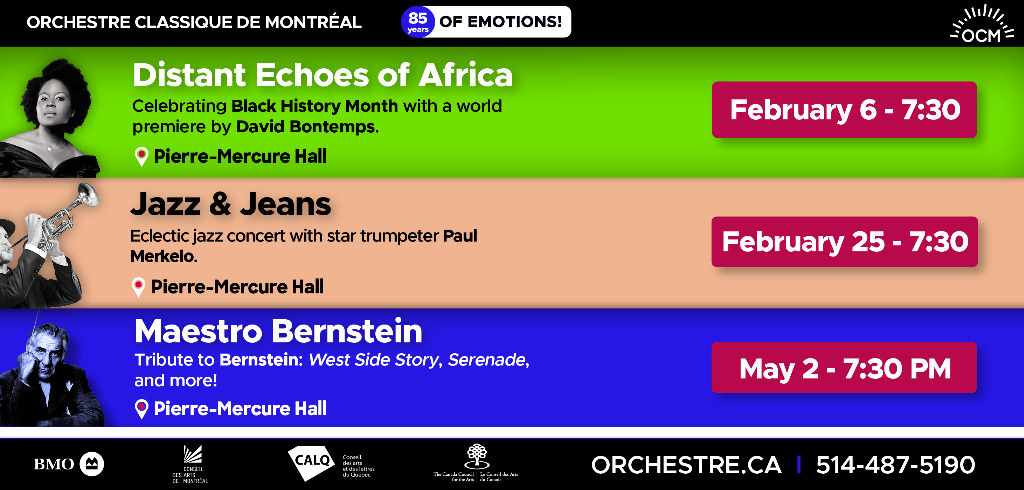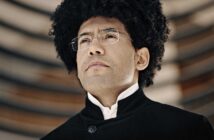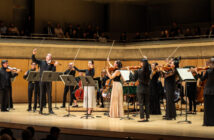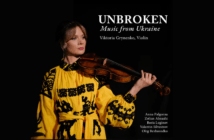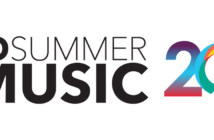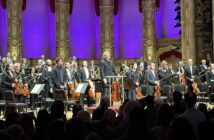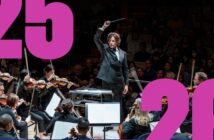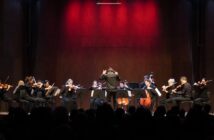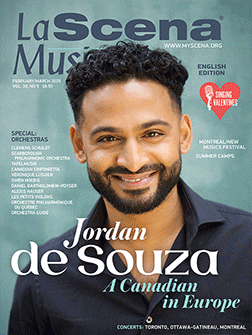The Toronto Symphony Orchestra (TSO) ended its 2023-2024 season in grand style with a glorious performance of Mahler’s Symphony No. 3. Mahler was not known for brevity – the Third Symphony comes close to wearing out its welcome, especially in the first movement – but a near-capacity audience seemed to think the piece merited its 1.5 hour duration. Mahler’s Third Symphony is one of the composer’s finest musical visions, culminating in some of the most satisfying D major chords ever composed. The TSO was in stellar form and music director Gustavo Gimeno gave us some of his best work since he arrived in Toronto in 2020.

The Toronto Symphony Orchestra, The Toronto Mendelssohn Choir, and the Toronto Children’s Choir (Photo by Allan Cabral/TSO)
What you missed
Mahler’s Symphony No. 3 dates from 1896 and is typical of its composer’s musical and philosophical perspective. Musically, it builds on the melodic and harmonic language of Richard Wagner, and philosophically it expresses Mahler’s lifelong struggle with Christian faith. He was born Jewish but converted to Catholicism for the sake of his career in Vienna. While he longed to embrace belief in God and life everlasting, he was always plagued with doubts.
Some of his symphonies end with whole-hearted affirmation, but not without pain and suffering along the way. At the end of the Ninth Symphony, for instance, there is no affirmation of faith. On the contrary, the piece evokes the disintegration of life, and of faith. There is plenty of joy in the Third Symphony but there is sadness too, and even despair. When one travels with Mahler one knows that the abyss is always close at hand.
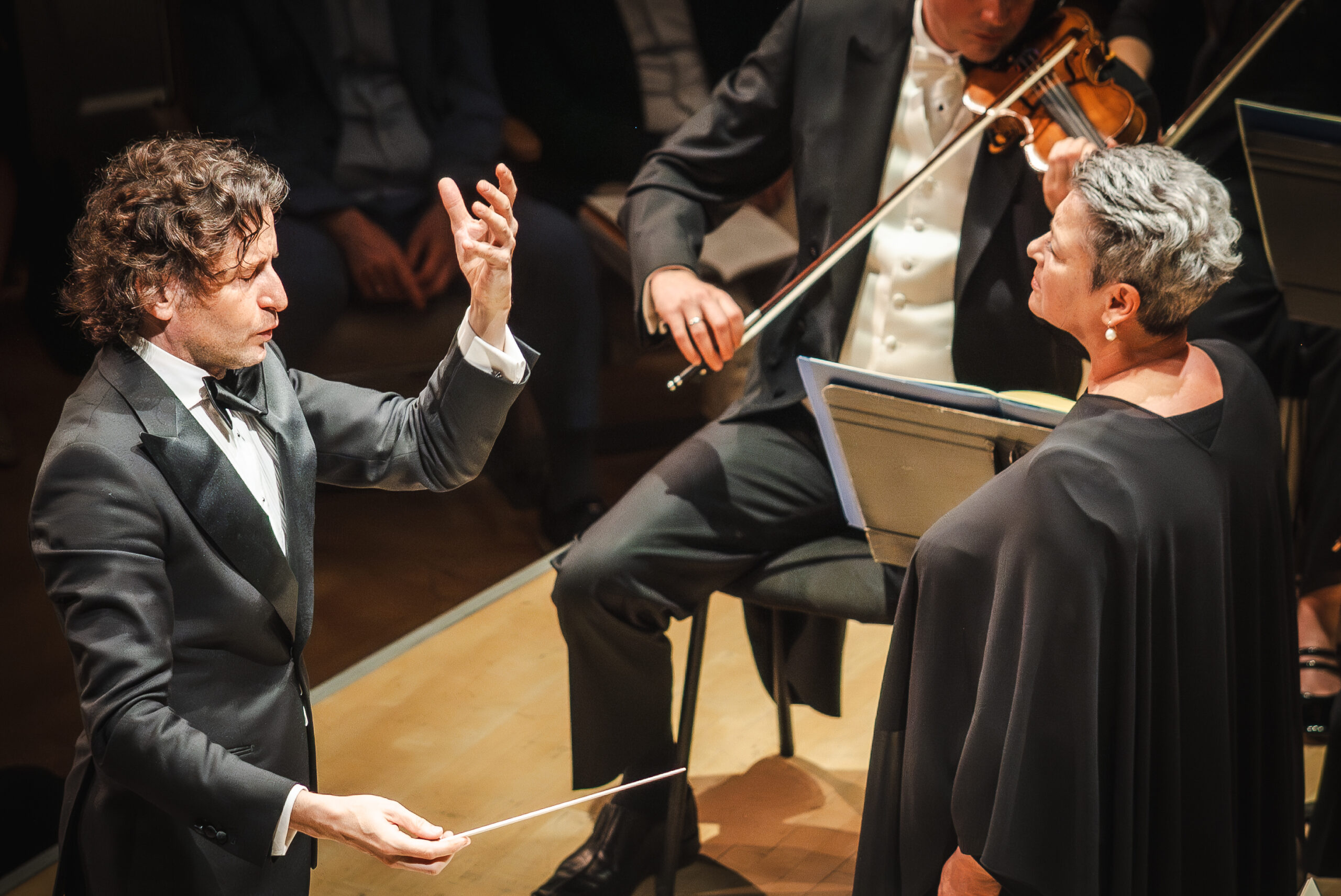
Gustavo Gimeno Conducts Mahler 3 (Photo by Allan Cabral/TSO)
Gustavo Gimeno came fully prepared to his performance of Mahler’s Third. He knew the score backwards and forwards, navigating masterfully through the numerous tempo transitions. His choice of tempi was very convincing. The tempo for the last movement is a challenge for any conductor. The movement is long and slow-moving. It is marked ‘Langsam’ or ‘Slow” but there is no metronome marking. How slow? Too slow and the music falls apart; too fast and the expressive power of the music is lost.
Gimeno found the middle ground, and gave us a profoundly moving interpretation that never became overly sentimental. He was helped by playing from the TSO musicians that was arguably the equal of any orchestra in the world. The first movement trombone solo by Gordon Wolfe, the numerous solos by hornist Neil Deland leading a much-expanded section of nine players for this performance, and above all the magnificent playing onstage and off by trumpeter Andrew McCandless, all impressed this listener as among the finest renderings of these passages he has ever heard.
Special tribute must be made to Andrew McCandless, principal trumpet in the TSO for 24 seasons, who with the Mahler Third performances last week, played his last concerts with the orchestra. He has chosen to retire at the top of his game to take a teaching position at the Eastman School of Music in Rochester. The Mahler Third is filled with demanding trumpet solos, and the last movement calls for playing that is powerful and sustained over long phrases. McCandless was absolutely heroic here.
Gripes
The third movement features the famous ‘post horn’ solo. Mahler was inspired by the sound of the post horn, a valveless instrument used by mail coaches in the Eighteenth and Nineteenth Centuries. Mahler often drew on bird calls and other natural sounds in his music; he was influenced too by folk music; by bands he heard marching by in the street; and in this case by the well-known sound of the post horn (a sound that also inspired Mozart, in his Post Horn Serenade K. 320). Originally, Mahler wanted the solo in the Third Symphony played on an actual post horn. Later, he indicated in the score that the solo should sound ‘like a post horn’ without saying specifying the instrument on which it should be played. Players and conductors ever since have pondered this issue and come up with all sorts of solutions from trumpets in different keys, trumpets with bags or hats over the bell, cornets in different keys or a flugelhorn. McCandless (and Gimeno, presumably) chose to play the solo on a cornet in C. Unfortunately, from where I sat in the mezzanine, the solo was almost inaudible. Mahler asks for the solo to be played “from a distance” which is usually interpreted today as meaning offstage, but it is so beautiful it needs to be heard.
In perfect harmony
Mahler’s Third Symphony includes a solo for an alto voice and it was beautifully sung by German mezzo-soprano Gerhild Romberger in her TSO debut. In the fifth movement the orchestra and alto soloist are joined by a chorus of treble voices and a children’s choir. We also had bells on the highest balcony behind the choruses. It all worked perfectly with children, sopranos and altos, and a solo TSO percussionist doing exemplary work.
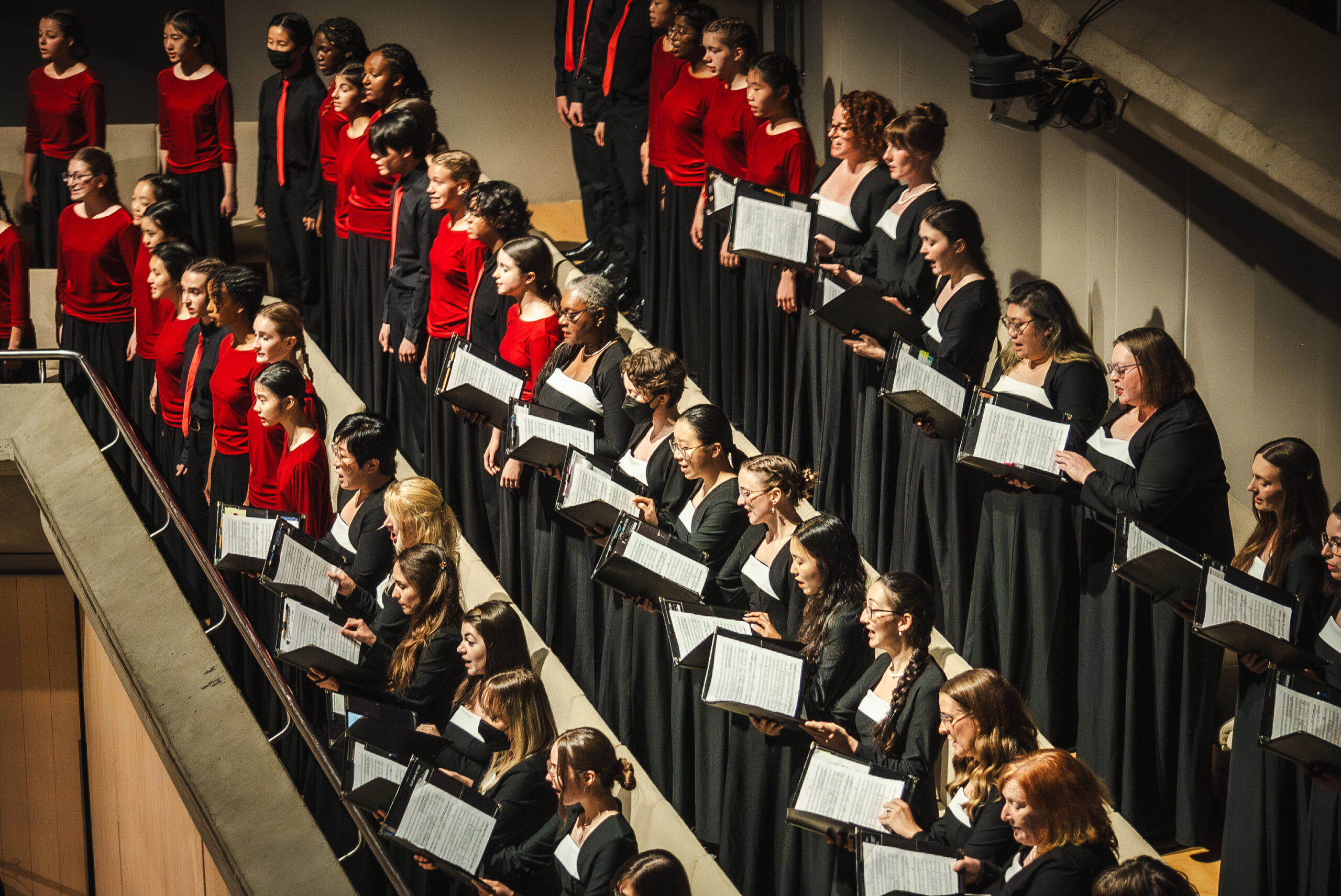
Members of the Toronto Children’s Choir and the Toronto Mendelssohn Choir (Photo by Allan Cabral/TSO)
Mahler’s Third Symphony is not performed often in Toronto. Those who heard it last week in one of the three TSO performances at Roy Thomson Hall surely knew that they were witnessing something special. A great masterpiece played and sung with mastery and commitment.
For more on the TSO, and to read about their upcoming 2024-2025 season: www.tso.ca

